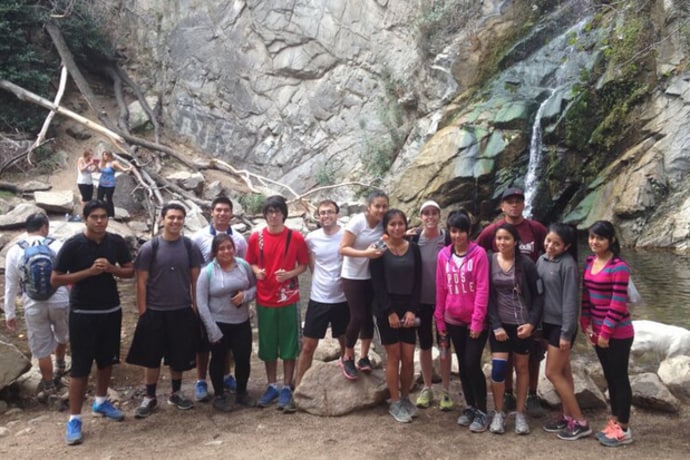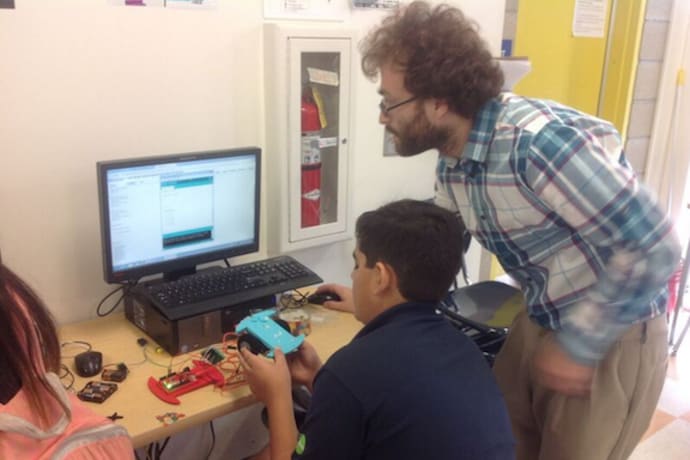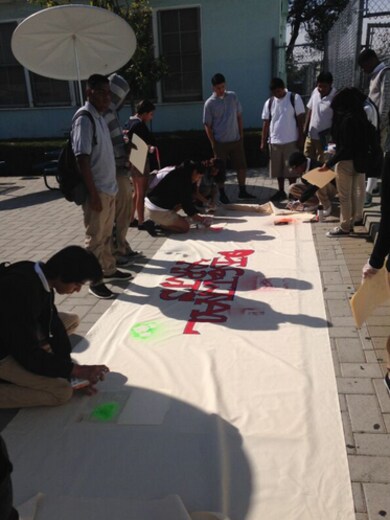Why I Teach: 4 Mantras to Create a Positive Learning Environment
In an educational landscape congested with data-driven best practices and scripted curricula being mandated in classrooms from "the top" (aka people who have never met my students) to promote “accountability” and “standardization” of learning, it is crucial that educators develop their own beliefs of what truly matters—their own core values.
Such growth will allow them to ensure their classroom becomes a responsive and effective learning environment for the students they teach. I want to share with you some mantras I use to guide my everyday decision making that allow me to maintain autonomy in my classroom, while navigating (and generally adhering to) the policies my school setting requires.
#1. What would I want to be done if I were the parent of this scholar?
Many students enter school unprepared, whether it’s the breakfast they didn’t eat, the homework they forgot to do, or the backpack that they refuse to bring (because it could make them a target for getting jumped on their walk to school). But as a teacher, what should I do in this situation? The more I know about their situation both in school and at home, the easier the decision is to make. I ask myself, "What if this were my child?"

And the result often varies. For one student, a consequence enforcing that it’s not OK for them to come to class unprepared might be most appropriate. Another might just be in need of a granola bar, while a third probably is seeking a safe space to store their materials throughout the year.
This concept is not about lowering expectations or trying to take on the role of the parent from the classroom, but it’s a tool that helps me take an empathetic approach to the student, thinking of them for a moment as the most important child in the world as opposed to the one slowing down the other 31 students in our class.
#2. How can I make this important?
It wasn't until I came back to high school as a teacher that I realized how little I use most of the knowledge I acquired here.

What does that mean? First, K-12 education gives students a sampling of curricula to hopefully spark an interest or focus point for students to focus on when they go on to their next step. Second, a teacher's mission becomes not to solely develop student mastery in their content, but to create a space for students to fall in love with the content area. That means every lesson, every objective, and every standard is an opportunity to help students exclaim (at least internally) that "this is something I can be passionate about!"
So the question I ask myself when planning is how I can make the content relevant while interesting or fun. As a teacher, I strive to execute lessons that come alive for students and to create space where it is OK for students to become passionate—and potentially lifelong—learners.
#3. I am the adult.
This is a mantra that I have to repeat to myself more and more now that I have started working in middle school (and, to be honest, it’s something I probably should have used more when I was in high school).

When students are having a difficult time, sometimes it feels as though they become a fireball of anger and rage, taking out their aggression on whoever crosses their paths (usually verbally for me). And I’ve seen adults on campus fight this fire with fire, unleashing their emotions and yelling at already upset students to worsen the problem.
Being the adult to me (and I am relatively new at this) means stepping back from the present behaviors and actions of students and figuring out what is causing or driving this behavior. Sometimes the teachers are the cause, especially in the high-stress world pushing testing and achievement where students are often neglected as individuals.
On the other hand, students could lose their tempers after one too many days of persisting through a challenging classroom experience. Examples that drive this behavior include ignoring the bully who is continuously harassing them in the halls, teachers who can't control their class, struggling with the curriculum, or sometimes issues in their homes or families (or lack of either). Most often, upset or angry students need time to cool down and “an adult” to talk to in order to help develop appropriate strategies and next steps for addressing the problem.
#4. I am open to new opportunities for my students.
Every year, I intentionally leave a section of my curriculum unplanned for the time after spring break. Throughout the year, this forces me to be on the lookout for new content and opportunities to add to my general instruction and create new learning experiences for my students.

In the past three years, this commitment to flexibility has brought me to incorporate programming, 3-D Design/Printing, and now robotics. These opportunities also extend beyond the classroom walls. Through building partnerships with organizations like Students Run LA and UCLA Unicamp, my students and I have gone on camping trips, leadership retreats, marathon races, go-cart adventures, rock climbing, music production, mural development, animal dissections, college tours, web chats with billionaires, professional and academic volunteers in my classroom, redesigning a library, obstacle courses, AIDS Walks, food drives, shoe drives, blood drives, night hikes, sailing, and so much more.
The truth is that as educators, we have a chance to do amazing things just beyond our fingertips. When considering an extracurricular proposition, just take a moment to breathe and ask yourself: “Does this create a valuable opportunity for my students?”
Final Thoughts
I hope that these mindsets and thought processes will help you develop your own practice and guidelines. With the craziness of everyday life in the classroom, it’s essential to stay grounded in your beliefs. Please use the comments below to share your own practice with the world. What really matters to you?


